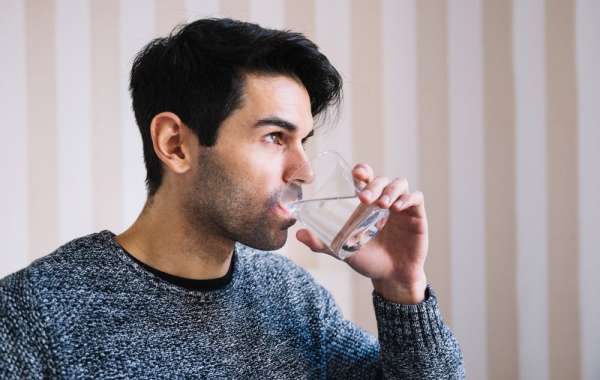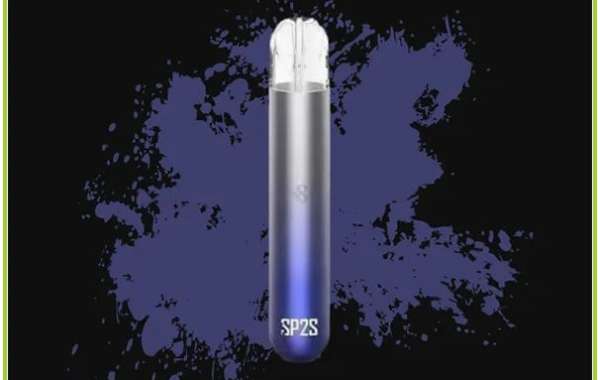When it comes to hydration, the quality of the water you drink matters more than you think. With so many options available today—bottled, filtered, purified, and tap water—it’s easy to get confused. One of the most common comparisons is tap water vs. purified water. While both may seem similar at first glance, they’re quite different in terms of safety, taste, and health impact.
If you’re wondering what sets purified water apart from regular tap water, here’s everything you need to know.
1. What Is Tap Water?
Tap water is supplied through a municipality or local water authority. In cities like Dubai, it’s treated and generally safe for household use, including cleaning, bathing, and even drinking.
However, tap water may still contain:
Chlorine and fluoride (added for disinfection)
Trace metals like lead or copper from pipes
Microorganisms, especially if pipes are old or corroded
Sediment and chemical residues
While tap water meets basic safety standards, it may not always offer the best quality or taste, especially in areas with hard water or outdated plumbing.
2. What Is Purified Water?
Purified water is water that has undergone advanced filtration or purification processes to remove impurities, contaminants, and harmful substances. Common purification methods include:
Reverse osmosis (RO)
UV filtration
Carbon filtering
Distillation
The result is water that is free from bacteria, chemicals, heavy metals, and other pollutants, making it a safer and cleaner choice for daily consumption.
3. Key Differences Between Tap and Purified Water
| Factor | Tap Water | Purified Water |
|---|---|---|
| Taste | May have a metallic or chlorine flavor | Clean, crisp, and neutral taste |
| Contaminants | May contain trace metals, chemicals | Removed through filtration |
| Health Safety | Generally safe but variable by region | Consistently high-quality and safe |
| Appliance Friendly | Can cause buildup in kettles and dispensers | Prevents scale and extends appliance life |
| Convenience | Directly accessible from the tap | Available in bottles or 5-gallon dispensers |
4. Why Choose Purified Water?
✅ Better Taste – No more strange smells or flavors in your water
✅ Healthier Option – Eliminates harmful substances and potential toxins
✅ Ideal for Babies & Elderly – Sensitive individuals benefit the most
✅ Appliance Protection – Reduces mineral buildup in kettles and water dispensers
✅ Hydration Encouragement – Clean water encourages more frequent drinking
Whether you’re using a 5-gallon purified water dispenser or bottled water at home or work, the benefits are clear: you get cleaner, safer, and better-tasting water with every sip.
5. When Might Tap Water Be Enough?
In some households, especially where advanced municipal treatment is provided, tap water may be sufficient for basic needs like cooking and washing. However, for daily drinking, especially in high-temperature regions like Dubai, purified water is a safer and more reliable choice.
Conclusion
While both tap and purified water serve essential purposes, the differences in quality, safety, and taste are significant. If you care about what you and your family consume daily, switching to purified water is a smart investment in long-term health and well-being.
From hydration to food preparation, choosing purified water ensures that you’re getting the best possible quality in every drop.






